6 Signs A Male Dog Wants to Mate [Wow]
Female dogs come into heat roughly twice a year. However, there is not as clear-cut of a cycle with male dogs. How do you know when your male dog wants to mate with another dog?
If you’re a pup owner looking to figure out when your best friend will be most active, we’re here to help. Read on for six signs a male dog wants to mate and some additional information on what you should expect as a sign.
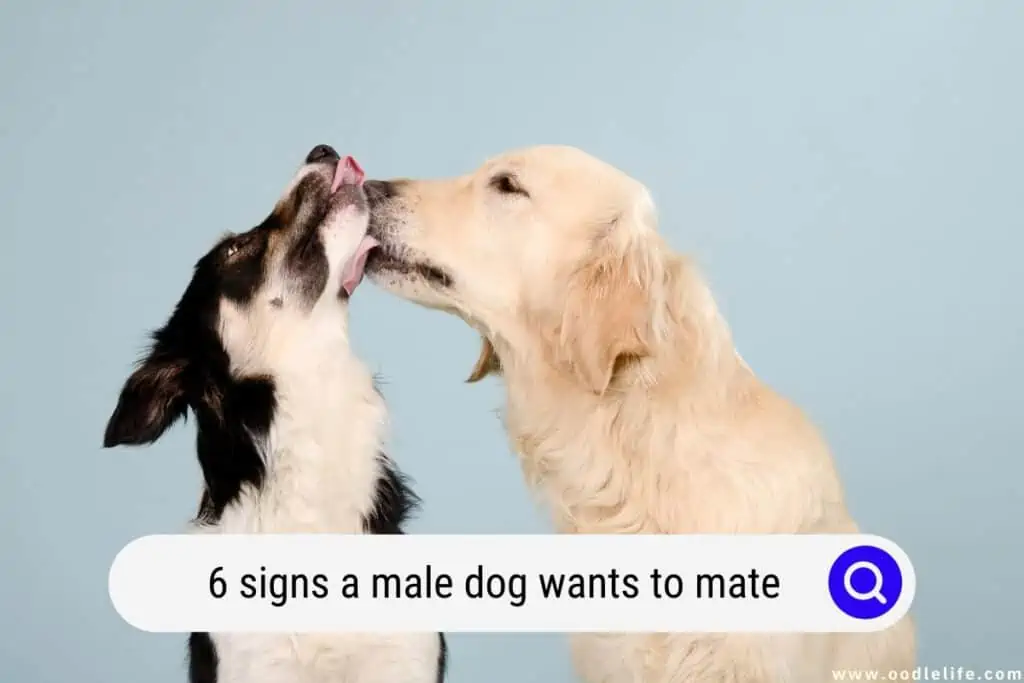
Restlessness
One of the first things you’ll notice when your male dog wants to mate is a sense of restlessness. Your dog will likely not be as calm in their disposition as usual and might want to roam more.
That is most common when a dog doesn’t have a lot of open areas. If your pooch has an entire backyard to roam, this behavior is harder to notice. They might simply be zooming around on the grass a little more often.
But if your dog is kept inside or in a cage, the restlessness will be much more apparent. Indeed, they may try to get you to take them out on walks more often, resist being put in a cage, or sleep less. There’s also a chance they could try to get out, potentially escaping your yard or home.
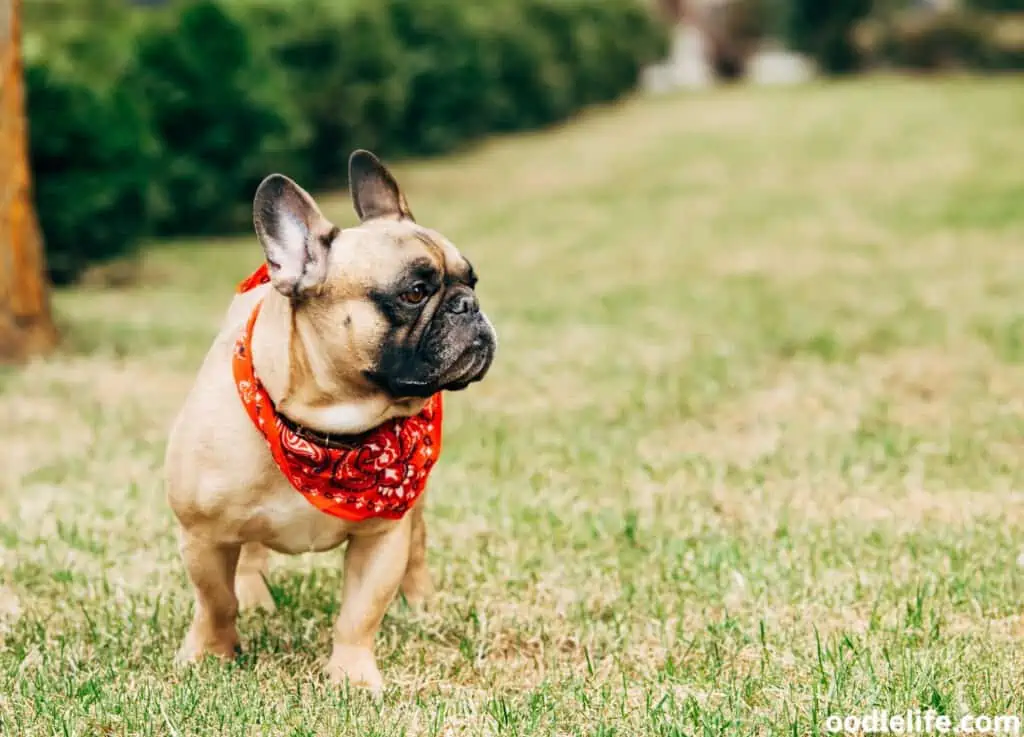
Frequent Urine Marking
Another common behavior for male dogs wanting to mate is a tendency to mark territory more often. That primarily manifests by urinating somewhere, typically in the same few spots.
Urine marking is more frequent among male dogs that are nearby female dogs. Most male dogs will begin doing this once they start reaching sexual maturity as a way to assert domination. Essentially, the urine is intended to leave a sign of their presence to female dogs while trying to also impose an “alpha” status on other male dogs that might threaten your dog’s chance to mate.
Unfortunately, nothing is safe from being marked. Male dogs will engage in the practice inside and outside, on various objects, and even sometimes on people or other animals. If your dog has randomly decided to pee on you, they’re quite literally marking you as theirs.
That said, it’s crucial to know that there are several reasons your dog might urinate frequently. You might want to take them to the veterinarian to ensure there isn’t an underlying issue. Urinary tract infections, kidney complications, and more can potentially cause your dog to urinate indoors and outdoors.
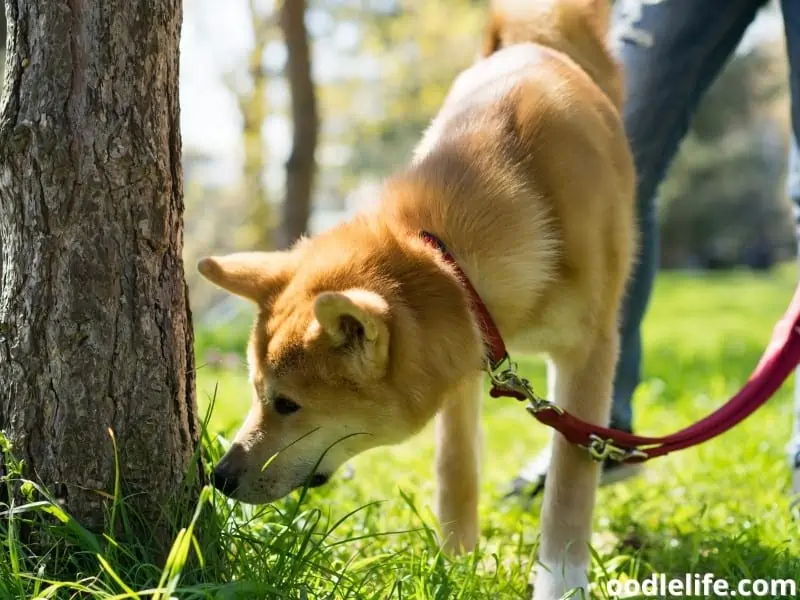
Mounting Behavior
One of the most common signs a male dog wants to mate is mounting behavior. Most people refer to this as “humping” due to the motion. As the name suggests, mounting behavior is when your dog rises and humps toward something, typically another animal.
That said, it isn’t only other animals. Male dogs will target objects, furniture, and people. Sometimes, a dog will make a humping gesture even when they aren’t near anything.
It isn’t reserved for only female and male dogs. It’s not uncommon for a female to mount another female when in heat, or for a male dog to mount another male. Dogs are also not averse to mounting animals other than dogs, so keep this in mind when your dog shows signs of mating.
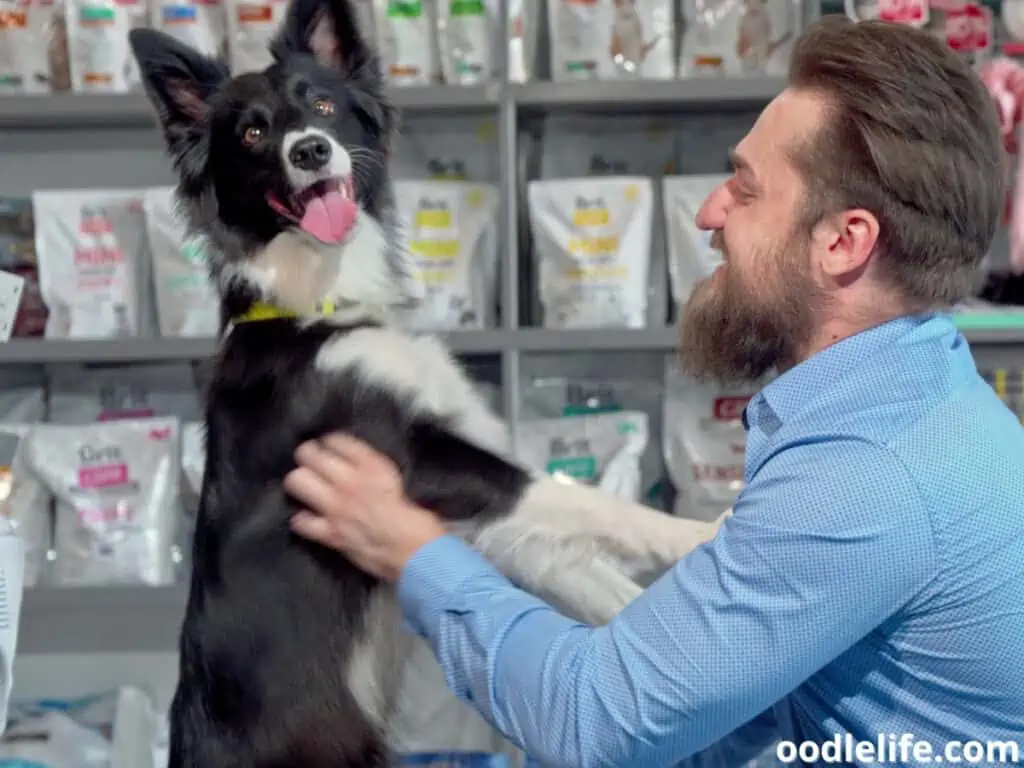
Aggression
For male dogs, a dominant sign of wanting to mate is an increased sense of aggression due to their hormones rising dramatically.
There are several forms of this, and it can vary from dog to dog. Not every dog becomes more aggressive as their desire to mate grows, though it’s certainly more common than not.
Some dogs may lash out physically at other beings, especially other dogs. Others will likely become more destructive, leading to a pooch tearing up furniture or belongings. Still, others may become more vocal, such as barking or snarling more often.
A surge in aggression can be a recipe for disaster when paired with humans. If your dog is showing any troubling behavior, it’s crucial to ensure that they are not around children or new people.
After all, children typically don’t know how to interact with dogs safely or understand how to spot signs of aggression. Many kids have been bitten or attacked after trying to roughly play with a dog while a canine is experiencing an aggressive period. Likewise, meeting new people during this time can make your dog more anxious or protective, making it a bad time to introduce friends.
Overall, aggression is one of the most dangerous signs for a dog, but it is one that is manageable. Give your dog some space and find ways to help them release aggression and extra energy. More walks or trips to the park are great, but be careful if you’re taking them somewhere densely populated by other dogs!
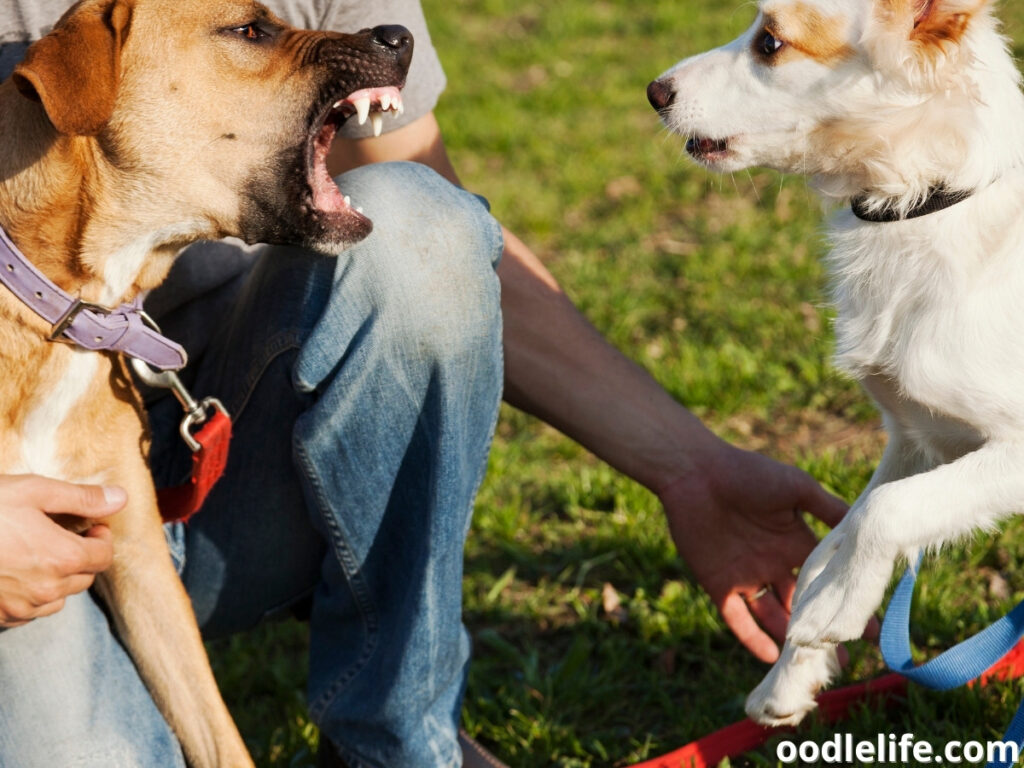
Territorialism
The fifth sign ties closely in with aggression and is equally common. When male dogs want to mate, they often become territorial and defensive over objects or areas.
You’ll likely find a territorial dog staying closer to places that he’s marked, especially outside. You may also find them becoming much more defensive over their food or toys during this period.
They might be more protective, putting them at risk of being hostile to strangers and other animals. Be careful if you’re taking him out on a walk around others during this time. What’s more, ensure that you have a proper leash and harness to keep him restrained if he becomes adversarial!
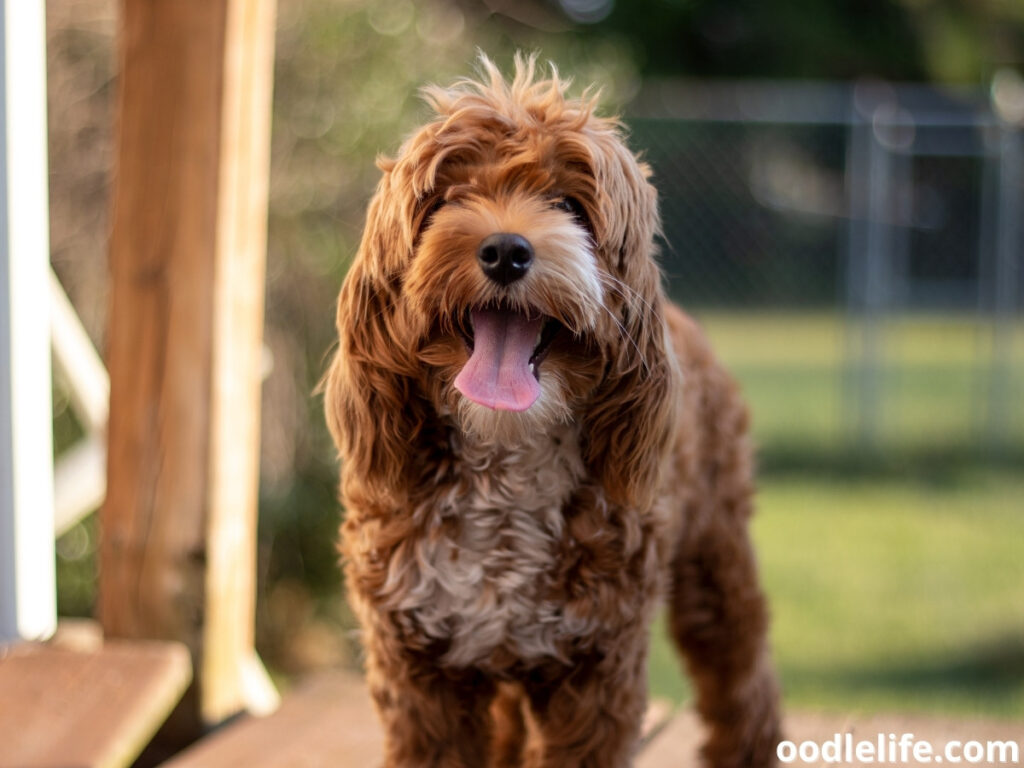
Increased Interest in Other Dogs
Finally, something you’ll likely notice from your dog is an increased fascination with other canines. While this can sometimes take the form of aggression, their curiosity is likely to be much more than that.
For example, you may see them staring out the window at dogs passing by your house more often than usual. If there’s more than one dog in your household, they may also stay closer to their companion and patrol the areas where the other pooches tend to be.
Thankfully, this tends to lean away from violence. Male dogs have a habit of being exceptionally interested in female dogs during bouts of this behavior (for obvious reasons).
Your pup might also become increasingly playful with you during this period. If that’s the case, consider burning off their extra energy with more exercise or outdoor activities. Doing so will keep them relatively placid and is a great opportunity to have fun together regardless.
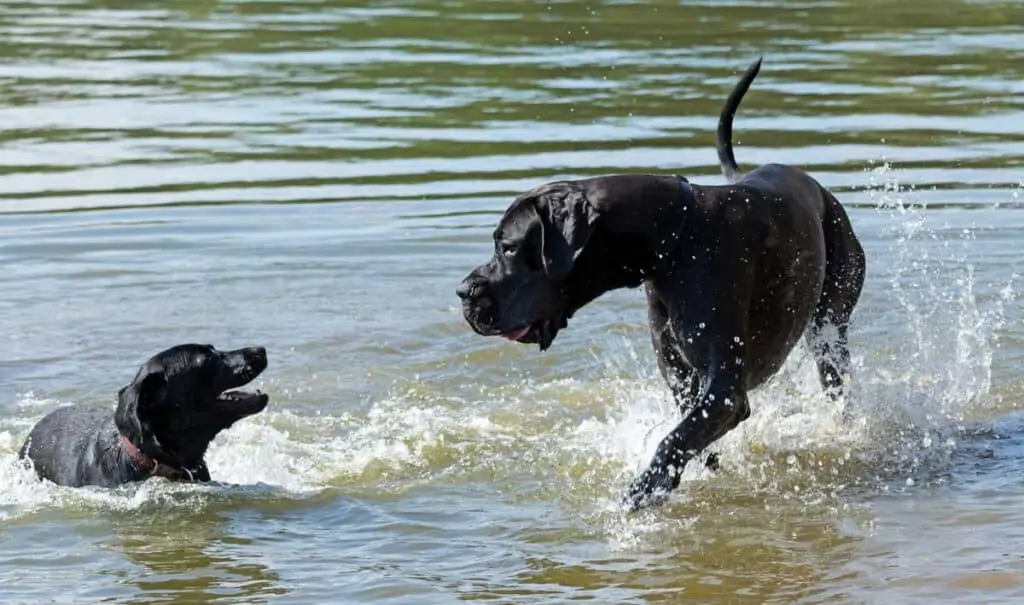
How to Know?
Now that we know the six most common signs, how can one know which of these to expect? While they are all standard, they’re far from guaranteed. Here are a few tips on what sorts of dogs typically show which behaviors.
Breed
Your pup’s breed will affect what sorts of behaviors you should expect. For example, a breed that is typically more energetic or aggressive than others is more likely to have these traits amplified when they want to mate.
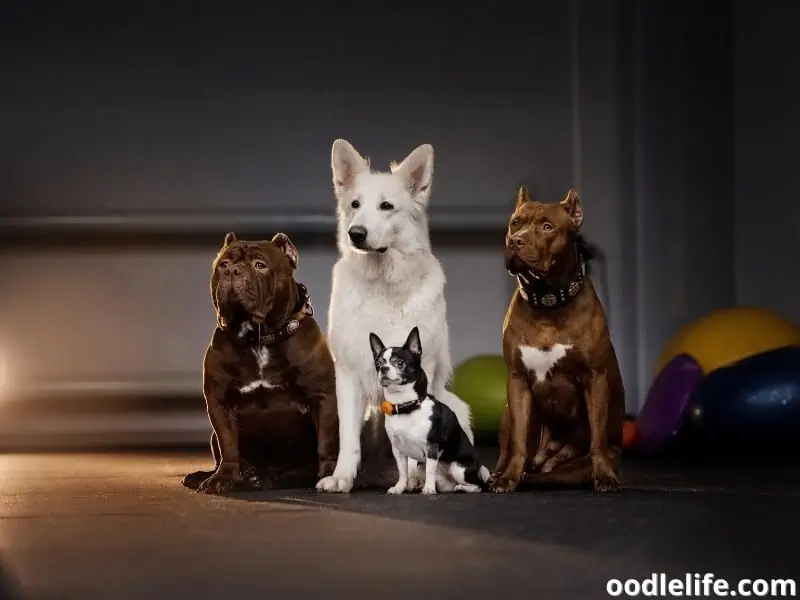
Size
In male dogs, size is rarely a factor in shaping the desire to mate. The smallest Chihuahua and the tallest Greyhound will likely have similar instincts.
One thing to note about males is that there isn’t a specific window of mating as there is for females. While females go into heat twice a year, males are typically “ready to go” at any given moment. Due to this, dogs of all sizes will show these behaviors.
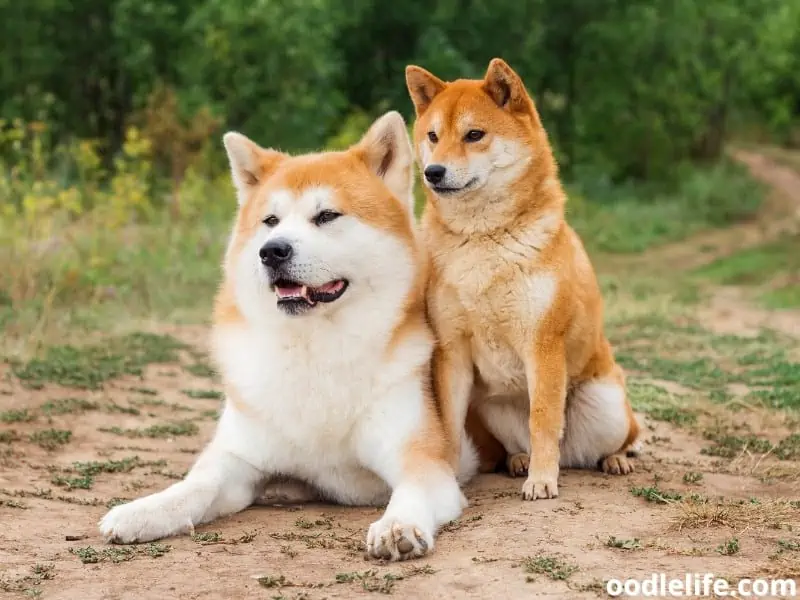
Medical History
The medical history of your pooch is crucial to understanding their behaviors. It can be a valuable guide to helping you anticipate whether your pup will be territorial or aggressive during mating windows. Similarly, it can help you know whether there are medical issues that are associated with this period.
If you’re adopting, you will want to confirm whether your dog was neutered or not. Neutering significantly lowers signs of aggression and intensity in any male dog. It also will remove most negative behaviors associated with a need to mate.
As a whole, a neutered male dog will have almost no desire to mate whatsoever. While you may notice things like your pooch being more curious about other dogs or displaying mounting behavior, they usually will show little interest in mating.
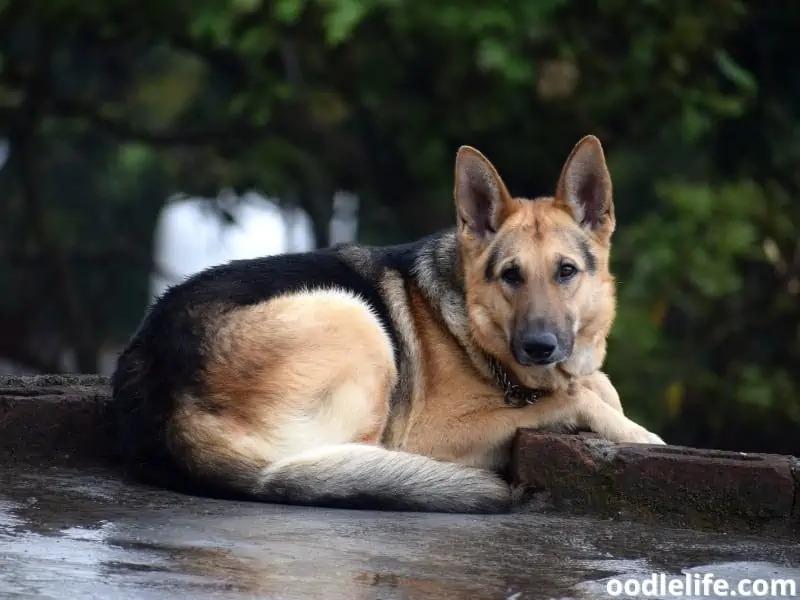
Age
The age of your dog can inform you whether your dog will want to mate. Typically, a male dog that’s reached sexual maturity or puberty is going to show interest in mating (unless they’ve been neutered). Senior dogs may not show as much regard, but their behavior patterns may still be influenced at times.
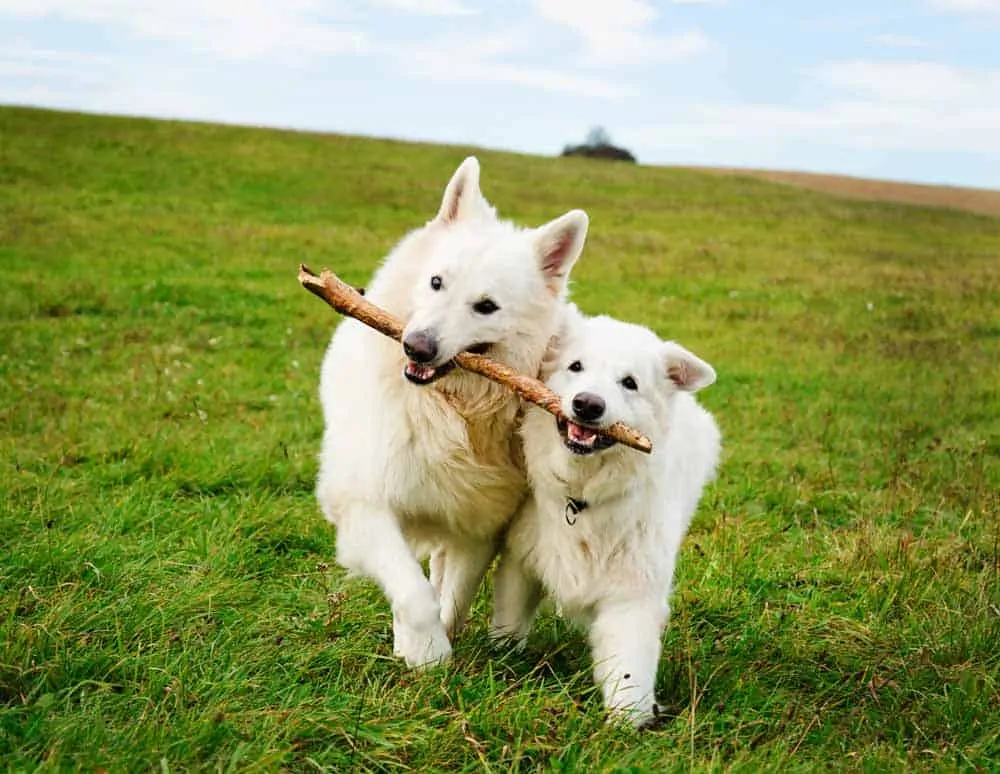
Trotting On
These six signs a male dog wants to mate are far from the only ones. Every pooch is different, and you should always make sure that you’re keeping an eye on your dog to make sure their behavior isn’t out-of-the-ordinary.
In the case of unusual behavior, it’s always best to seek a veterinarian’s advice. Consider asking about your dog’s mating habits during annual check-ups or other veterinary visits. Many tendencies can have difficult-to-discern meanings, so make sure you have nothing to worry about!